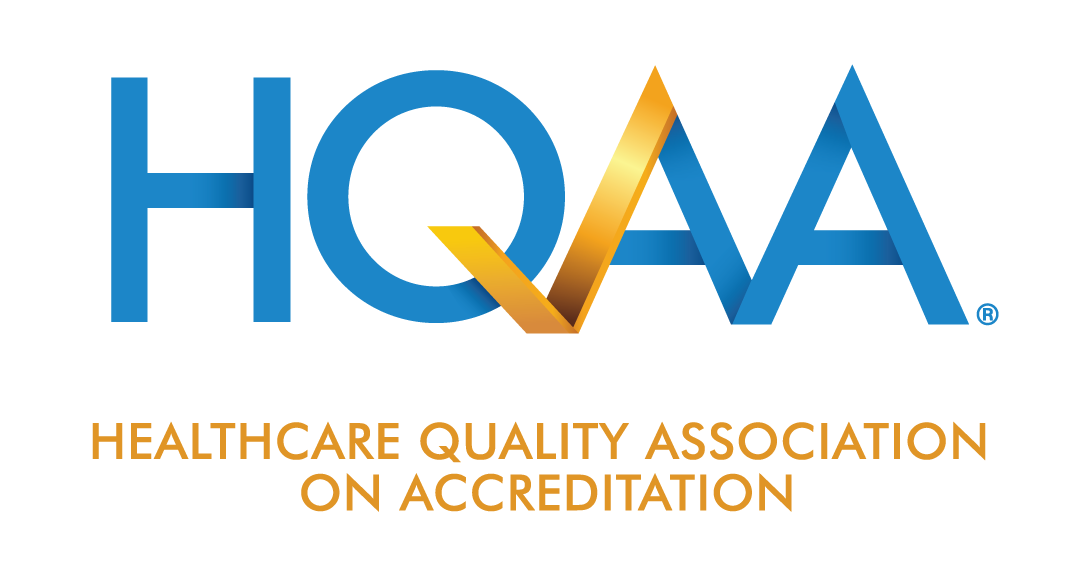
Quality improvement (QI) is often cited by owners and managers as one of the most difficult processes to understand. Programs are established and resources spent in an effort to maintain compliance in this area. Organizations report to surveyors that the process of maintaining their QI program can be cumbersome, time consuming, and useless.
To set up an effective QI program, it is essential to first understand the concept and goals of QI. The goal, the philosophy, the rationale for having a QI program is stated succinctly in HQAA standard QM 1. The program should be designed to “monitor and record the quality of its services and programs” and “measure and report on outcomes for their services.” The philosophy of continuous quality improvement is that an organization monitors certain performance measures (often called “indicators”) to ensure that everyone in an organization understands how the company is doing and how the company can improve their services.
In the CMS Quality Standards, Medicare gives very specific direction with regards to what indicators or performance measures they would like DME organizations to study. These include issues like customer satisfaction, complaints, sentinel or adverse events, financial targets, and timeliness of response to customers. These serve as a minimal expectation for the items your organization should study within their QI program. They are issues that any prudent business should monitor and strive for improvement and try to understand.
QI programs vary greatly from organization to organization. Obviously, a large multi branch corporation is going to have a QI program that looks a lot different from the program at a small single location DME. DME organizations and pharmacies have issues unique to their niche markets. Organizations that offer specialty services should look at measures and indicators that include their specialty service. There are, however, certain common characteristics that all programs should include. In order to be successful, all programs should include:
- A committee that is representative of the organization. The best programs include multiple staff members contributing to the program, rather than one “QI Manager” doing all the work and all the reporting.
- Meetings on a quarterly basis with well-organized documentation of the committee’s activities and measures. Meeting minutes should include discussion of the results of the various measures.
- A yearly summary of QI activities and documentation in the form of meeting minutes of discussion of what the committee plans to do going forward. Do the measures need to be changed? Does the format for reporting need to be changed? What have we learned from the results and how can we revise our procedures to actually improve our performance?
- Measures should include customer satisfaction surveys, complaints, adverse/sentinel events, some measure that relates to timeliness of response to customers, and some financial indicator such as coding or billing errors.
- Measures should include meaningful working around the required performance measures, try to find issues to look at that are relevant to your organization. Include all staff in the conversation about what needs improving and you’ll find the best issues to study.
- Know that many organizations struggle with measuring customer satisfaction. Satisfaction surveys can be challenging to get back from your customers. Best results come when the customer has an opportunity to fill out the survey alone – not while staff members stand over them waiting for the survey to be completed. Try including postage paid return envelopes if you leave them written surveys. Some organizations have had success with placing their customer satisfaction surveys on their website and asking customers to go to the site and fill them out.
- Include staff in the QI process. Even if a staff member is not on the QI committee per se, they can help with data gathering. More importantly, be sure to educate staff about the QI program and share results and outcome measures with them.
- Remember that the point of the program is to improve! Don’t be afraid to report complaints or outcomes that aren’t quite what you’d hoped for. Learn from the data, and strive to improve each measure to make your organization stronger.
Milton Hershey, founder of the Hershey Chocolate Company, and noted philanthropist and entrepreneur is quoted as saying “Give them quality. It’s the best kind of advertising.” The goal of your QI program should be to measure the quality of your services, so that you know what kind of a product (or service) you are giving your customers. Start with that concept, and work around HQAA’s QM standards, and you’ll be off to a great start with knowing what kind of quality service you are delivering.



